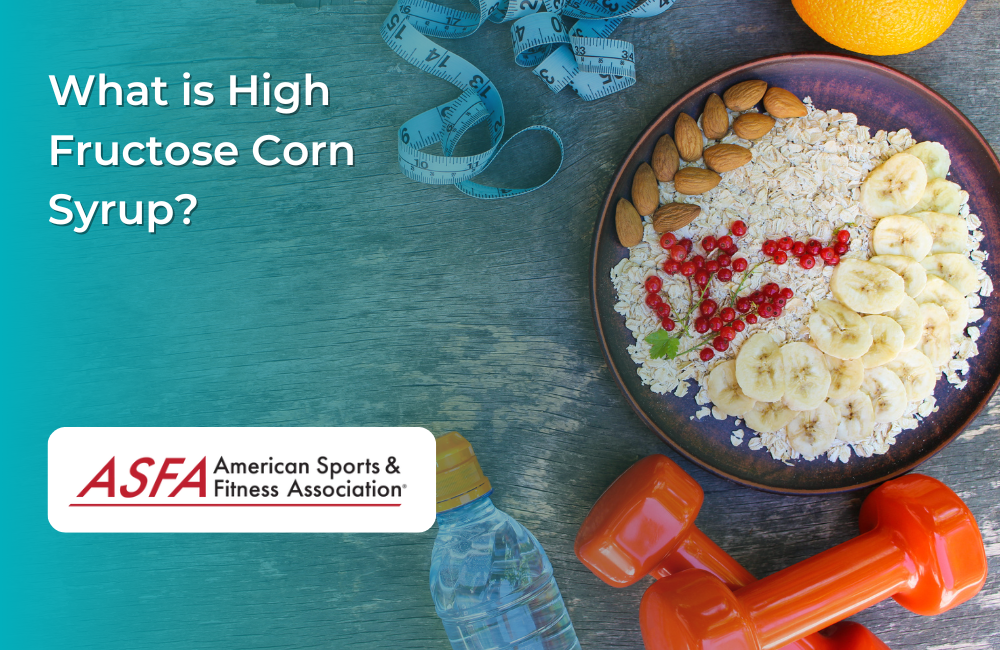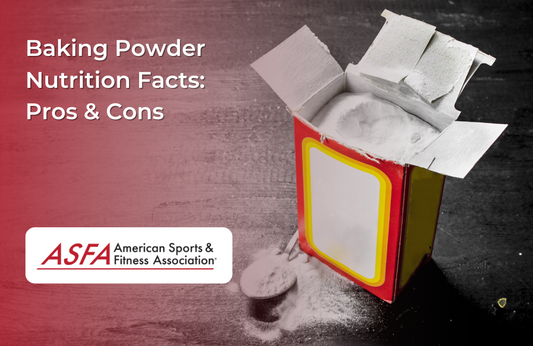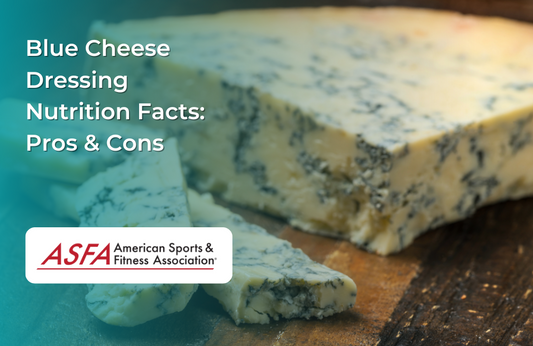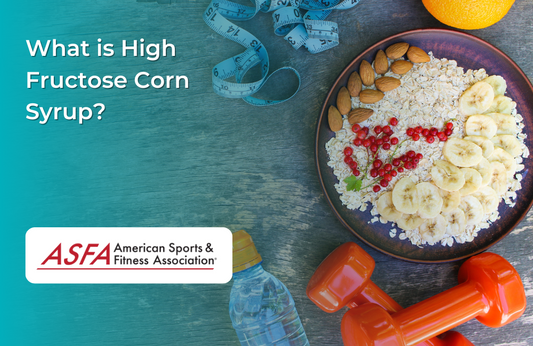Understanding HFCS
High fructose corn syrup (HFCS) is a sweetener made from corn starch that is commonly used in processed foods and beverages. It is produced by converting some of the glucose in corn syrup into fructose, creating a mixture that is sweeter and more cost-effective than regular sugar. HFCS is widely used in the food industry because it enhances flavor, improves texture, and extends shelf life. The prevalence of HFCS consumption in processed foods and beverages has significant implications for dietary intake, as it is linked to various health risks such as diabetes and colorectal cancer.
What is High Fructose Corn Syrup?
High fructose corn syrup (HFCS) is a sweetener derived from corn starch, a carbohydrate extracted from corn. The production process involves breaking down corn starch into glucose and then converting a portion of the glucose into fructose using specific enzymes. This enzymatic conversion results in a syrup that contains both glucose and fructose, with the fructose content varying depending on the type of HFCS produced. HFCS is widely used in the food industry due to its ability to enhance flavor, improve texture, and extend the shelf life of products. You can find it in a variety of processed foods and beverages, including soft drinks, baked goods, and packaged foods.
History and Commerce
High fructose corn syrup was introduced in the 1970s as a cost-effective alternative to traditional sugar. Its affordability, long shelf life, and ease of use quickly made it a favorite among food manufacturers. Over the decades, HFCS has become one of the most prevalent sweeteners in the global food industry, with the United States leading in consumption. The demand for HFCS continues to grow, driven by the increasing popularity of processed foods and beverages. As a result, the global market for HFCS is expected to expand further, reflecting its integral role in modern food production.
How HFCS is Made
The production process of high fructose corn syrup involves:
-
Breaking down corn starch into glucose through enzymatic processes.
-
Converting a portion of glucose into fructose using additional enzymes.
-
Adjusting the fructose-to-glucose ratio depending on the desired level of sweetness.
Common forms of HFCS include:
-
HFCS-42: Contains 42% fructose and is used in processed foods.
-
HFCS-55: Contains 55% fructose and is used primarily in soft drinks.
How HFCS Compares to Other Sweeteners
Similarities to Table Sugar
-
HFCS and table sugar (sucrose) both contain glucose and fructose, but in slightly different ratios.
-
Both sweeteners provide the same number of calories per gram.
-
The body metabolizes them similarly, with the liver processing fructose and the bloodstream absorbing glucose for energy.
Differences
-
HFCS is liquid-based, making it easier to mix into beverages and processed foods.
-
Table sugar is granulated and must be dissolved in liquids.
-
Some variations of HFCS contain higher fructose levels than natural sugars, potentially altering metabolic effects.
-
Additionally, HFCS can stimulate uric acid production, which may lead to increased uric acid levels and health issues such as gout, a painful type of arthritis.
Common Foods That Contain HFCS
High fructose corn syrup is found in a wide range of processed products, including:
-
Soft drinks and fruit-flavored beverages
-
Packaged baked goods such as cookies and pastries
-
Breakfast cereals and granola bars
-
Condiments and salad dressings
-
Processed snacks and desserts
-
Flavored yogurts and ice creams
-
Fruit juice
Potential Effects of HFCS on Health
Impact on Metabolism
Excessive fructose intake from HFCS and other sweeteners may contribute to metabolic imbalances. Unlike glucose, which is used by all cells, fructose is primarily processed in the liver. High consumption can lead to increased fat production and storage.
Blood Sugar Regulation
Although HFCS has a similar glycemic impact to regular sugar, overconsumption may contribute to insulin resistance, increasing the risk of blood sugar imbalances.
Weight Management
HFCS is often found in high-calorie processed foods, which may contribute to weight gain if consumed in excess. Some research suggests that fructose may not trigger satiety signals as effectively as glucose, potentially leading to increased calorie intake.
Effects on Liver Health
Since fructose is processed in the liver, excessive consumption may contribute to fat accumulation, increasing the risk of metabolic issues over time.
Dental Health
Like other sugars, HFCS can contribute to tooth decay by feeding bacteria in the mouth that produce acids, leading to cavities.
Safety and Manufacturing Concerns
High fructose corn syrup has been at the center of health debates, with some studies linking it to obesity, metabolic syndrome, and insulin resistance. Despite these concerns, the scientific community has not reached a consensus, and HFCS is deemed safe for consumption. However, consumer groups remain wary, citing potential health risks.
The manufacturing of HFCS involves a complex process using enzymes and chemicals, raising questions about environmental and health impacts. Issues such as the use of genetically modified corn and possible contamination with heavy metals have been highlighted. Nonetheless, the corn refining industry has taken steps to ensure the safety and sustainability of HFCS production.
It’s important to note that HFCS differs from natural sweeteners like corn sugar and beet sugar, which are less processed. HFCS is designed to be an economical and convenient sweetener, but it may not be the healthiest choice for those seeking natural options. Consumers can reduce their HFCS intake by reading labels and opting for products labeled as “HFCS-free” or those made with natural sweeteners.
While HFCS remains a staple in many processed foods and beverages, being mindful of its potential health risks and moderating consumption can help individuals make healthier dietary choices.
Reducing HFCS Intake
To limit high fructose corn syrup in the diet:
-
Choose whole, unprocessed foods over packaged snacks and sugary beverages.
-
Read ingredient labels to identify added sugars in processed products.
-
Opt for natural sweeteners in homemade recipes.
-
Reduce intake of sweetened beverages by drinking water, unsweetened tea, or sparkling water.
Conclusion
High fructose corn syrup is a widely used sweetener found in many processed foods and beverages. While it provides the same calorie content as regular sugar, excessive consumption may contribute to metabolic issues, weight gain, and overall health concerns. Choosing whole foods and minimizing added sugars can help maintain a balanced diet and reduce reliance on processed sweeteners.
FAQs
Is HFCS worse than regular sugar?
HFCS and sugar have similar effects on the body, but HFCS is more commonly used in processed foods, which can lead to excessive intake.
Does HFCS cause weight gain?
Consuming high amounts of HFCS, especially from sugary beverages and processed foods, may contribute to weight gain due to increased calorie intake.
How can I tell if a product contains HFCS?
Check the ingredient list for terms like "high fructose corn syrup" or "corn syrup" on food labels.
Is HFCS found in natural foods?
No, HFCS is an added sweetener found in processed foods and does not occur naturally in whole foods.
Can HFCS be part of a healthy diet?
In moderation, HFCS is not harmful, but excessive consumption of added sugars from any source can negatively impact overall health.





